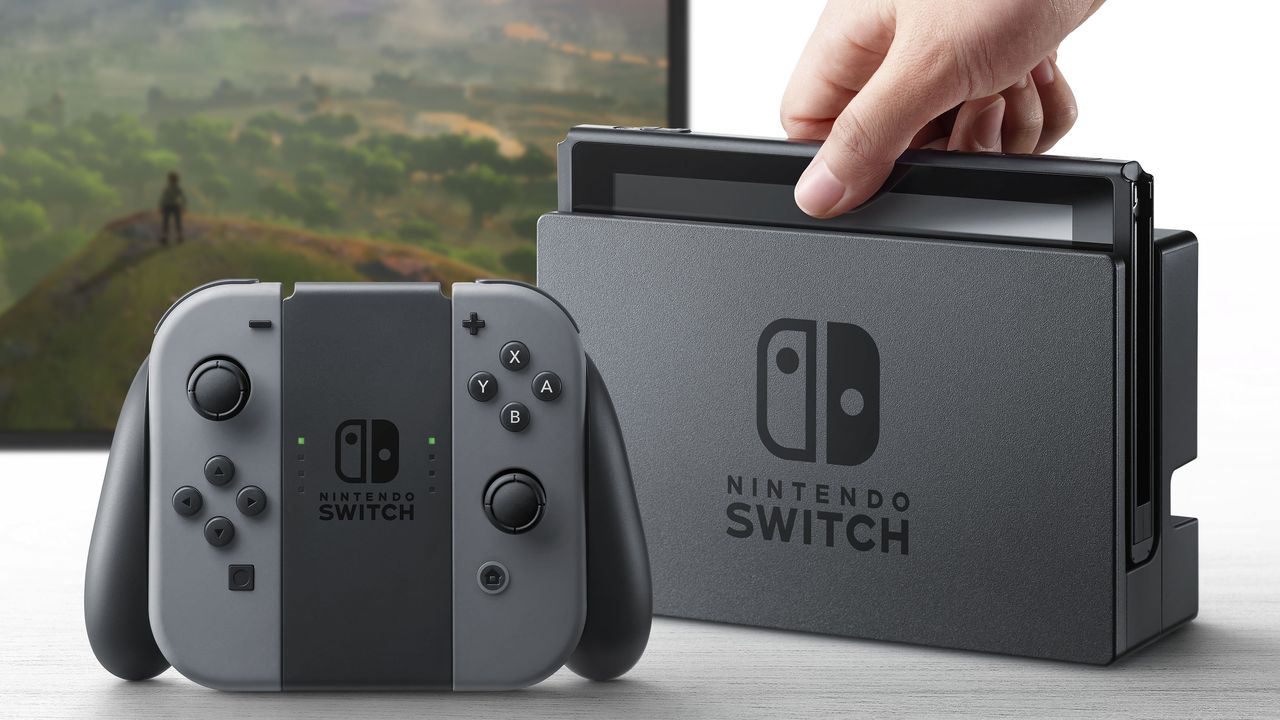You can trust VideoGamer. Our team of gaming experts spend hours testing and reviewing the latest games, to ensure you're reading the most comprehensive guide possible. Rest assured, all imagery and advice is unique and original. Check out how we test and review games here
The Nintendo Switch makes use of what appears to be an off-the-shelf Nvidia Tegra X1 processor, matching that used by Nvidia in its 2017 Shield Android TV, a hardware teardown completed by Tech Insights has confirmed.
Whilst the performance of the part is pretty much nailed down by now, what’s interesting about the revelation is that is goes against what an earlier blog post made by Nvidia seemed to indicate.
When Switch was formerly announced, but before we knew much about is internals, Nvidia wrote the following in a blog.
“Creating a device so fun required some serious engineering. The development encompassed 500 man-years of effort across every facet of creating a new gaming platform: algorithms, computer architecture, system design, system software, APIs, game engines and peripherals. They all had to be rethought and redesigned for Nintendo to deliver the best experience for gamers, whether they’re in the living room or on the move.”
The blog also noted: “Nintendo Switch is powered by the performance of the custom Tegra processor.”
Nvidia’s real efforts appear not be be the customisation of the Tegra part, but working on custom software to get the most from the off-the-shelf component.
“The Nintendo Switch’s gaming experience is also supported by fully custom software, including a revamped physics engine, new libraries, advanced game tools and libraries. NVIDIA additionally created new gaming APIs to fully harness this performance. The newest API, NVN, was built specifically to bring lightweight, fast gaming to the masses,” said Nvidia.
Nintendo Switch launched worldwide on March 3, and has sold well enough for Nintendo to double its production plans from eight million to 16 million over the first year, according to reports.
Source: Tech Insights






